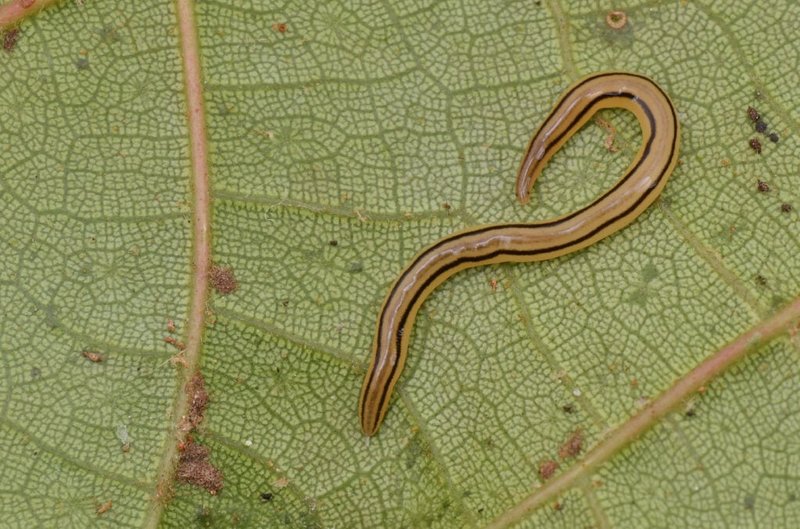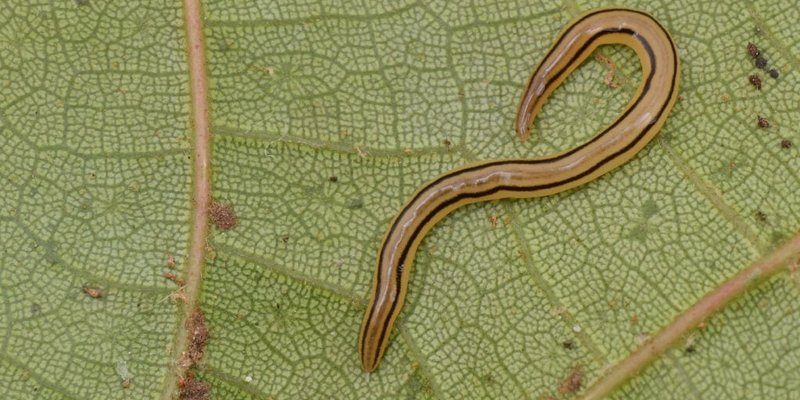
So, what’s the secret behind how these little guys move? It’s all about their unique body structure and the clever way they use their muscles. Let me break it down for you in a way that’s easy to grasp.
Understanding Ribbon Worm Anatomy
To get to know how ribbon worms move, we first need to understand their anatomy. Imagine a long, thin tube—this is essentially what a ribbon worm’s body is like. They can stretch out to several feet in length but are usually just a few millimeters wide. Their bodies are made up of three layers: the outer covering (the epidermis), the middle layer (the muscle layer), and an inner layer (the digestive tract). This layered structure is crucial for their movement.
The layer of muscles allows them to squeeze and extend their bodies. When a ribbon worm wants to move, it contracts specific muscles, which then allows it to glide smoothly across surfaces. Think of it as a squishy caterpillar inching along, but instead of legs, it relies on muscle contractions to propel itself.
The Role of Muscles in Movement
The movement of ribbon worms is primarily governed by their muscle structure. They possess both circular and longitudinal muscles. When the circular muscles contract, they squeeze the body, making it thinner. This action helps them burrow into the sand or squeeze through tight spaces. On the flip side, when the longitudinal muscles contract, they stretch out the body, allowing the worm to lengthen and glide smoothly.
Here’s the thing: their ability to alternate between these muscle contractions gives them incredible control over their movement. They can move fast when they need to escape predators or slowly when searching for food. This adaptability makes ribbon worms masters of their underwater worlds—like acrobats in an aquatic circus.
How Ribbon Worms Glide Through Water
Gliding through water is a dance of elegance and efficiency for ribbon worms. As they move, they use a technique called **ciliary movement**. This means they have tiny hair-like structures called cilia covering their bodies that help propel them through the water. Imagine a little motorboat cruising smoothly, powered by a gentle breeze, where the cilia act like little paddles.
When these tiny hairs beat in rhythmic patterns, they create currents that pull the worm forward. This method allows them to move without expending too much energy. Honestly, it’s quite clever when you think about it. By using their environment, they can travel effortlessly, making it easier to hunt or avoid danger.
The Importance of Lubrication
One fascinating aspect of ribbon worms is their reliance on mucus. They secrete mucus that coats their bodies, reducing friction as they glide through water or wriggle through mud. It’s like putting on a slick jacket before a race. This slimy layer not only aids in movement but also helps in capturing prey. When they’re hunting, the mucus can trap small particles or tiny organisms, making it easier for the worm to eat.
Without this lubrication, you’d find them struggling to move, kind of like trying to slide on a rough surface without any proper grip. So, the next time you hear about ribbon worms, just think of them as the slick swimmers of the ocean depths.
Stretching Techniques and Their Functions
Stretching is another critical aspect of ribbon worm movement. They can extend their bodies quite a bit—some species can reach several feet! But why would they want to stretch? Well, it helps them reach out for food or navigate through small crevices in their habitats.
You might be wondering how they manage to stretch without snapping something. The answer lies in their unique body structure. Since their bodies are soft and have no hard parts, they can elongate and retract without any risk of injury. It’s similar to how you might stretch an elastic band—carefully maintaining its integrity while allowing it to grow longer.
When Stretching Becomes Useful
The ability to stretch also plays a role in hunting. Ribbon worms often rely on a method called **proboscis extension**. This is where they extend a specialized feeding tube to catch prey, like small fish or crustaceans. Imagine a magician pulling a long scarf from a hat, only for the ribbon worm, it’s all about snatching dinner!
When they sense potential prey nearby, they can quickly shoot out their proboscis, capturing the unsuspecting victim. It’s an impressive feat that requires not just stretching but agility and speed, showcasing just how well adapted they are to their environment.
Common Movement Patterns
You’ll notice that ribbon worms exhibit a few common patterns of movement. They often glide in a gentle, wave-like motion, reminiscent of the ocean currents around them. Whether they’re crawling along the seafloor or swimming in open water, their movements are smooth and fluid.
Another common movement is **burrowing**. When ribbon worms want to hide or rest, they can push themselves into the sand or mud. As mentioned earlier, the combination of circular and longitudinal muscle contractions helps them wriggle down into the substrates seamlessly. It’s like watching a soft noodle disappear into a pot of water—effortless and graceful.
Implications of Their Movement for Survival
The way ribbon worms move is incredibly significant for their survival. Their ability to glide or burrow allows them to escape predators and find food easily. It’s a survival tactic honed over millions of years. If they couldn’t stretch or glide effectively, they’d be at a disadvantage in the competitive underwater world.
In a way, they remind us of how important adaptability is in nature. Just like in life, being able to navigate challenges—whether it’s dodging a predator or finding a meal—is crucial for survival.
Ribbon worms may not be the most glamorous creatures of the sea, but their movement is nothing short of amazing. From their ability to stretch and glide through water to burrowing into the sand, each action plays a crucial role in their survival. It’s like watching nature’s ballet, full of grace and precision.
The next time you think about these unique creatures, remember their incredible flexibility and adaptability. It’s not just about movement; it’s about survival, efficiency, and the beauty of life beneath the waves. Ribbon worms remind us that even in the tiniest corners of the ocean, there’s a world full of surprises waiting to be discovered.

